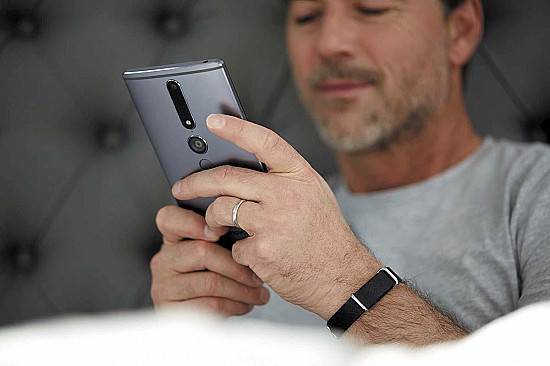The new generation of wearable medical alert systems
Image: paul6winch/Thinkstock
Times are changing for medical alert systems, those wearable devices that can summon emergency help if you've fallen and can't get up. Once the target of comedians (a stigma that kept some seniors away), the systems are now in big demand, per-haps because of an aging population, advances in technology, and the reality that one in three adults 65 or older will fall one day. Sales of the systems are rising steadily, expected to reach $21.6 billion by 2020, according to some marketing re-search estimates. "I think the baby boomers are embracing this more than the previous generation. They may be more comfortable with this technology," observes geriatrician Dr. Suzanne Salamon, a Harvard Medical School assistant professor.
To continue reading this article, you must log in.
Subscribe to Harvard Health Online Plus (HHO+) to unlock expert-backed health insights, personalized tools, and exclusive resources to feel your best every day.
Here’s what you get with your HHO+ membership:
- Unlimited access to all Harvard Health Online content
- 4 expertly curated newsletters delivered monthly
- Customized website experience aligned to your health goals
- In-depth health guides on topics like sleep, exercise, and more
- Interactive features like videos and quizzes
- Members-only access to exclusive articles and resources
I’d like to subscribe to HHO+ for $4.99/month to access expert-backed content to help make smart, informed decisions about my well-being.
Sign Me UpAlready a member? Login ».
Disclaimer:
As a service to our readers, Harvard Health Publishing provides access to our library of archived content. Please note the date of last review or update on all articles.
No content on this site, regardless of date, should ever be used as a substitute for direct medical advice from your doctor or other qualified clinician.















